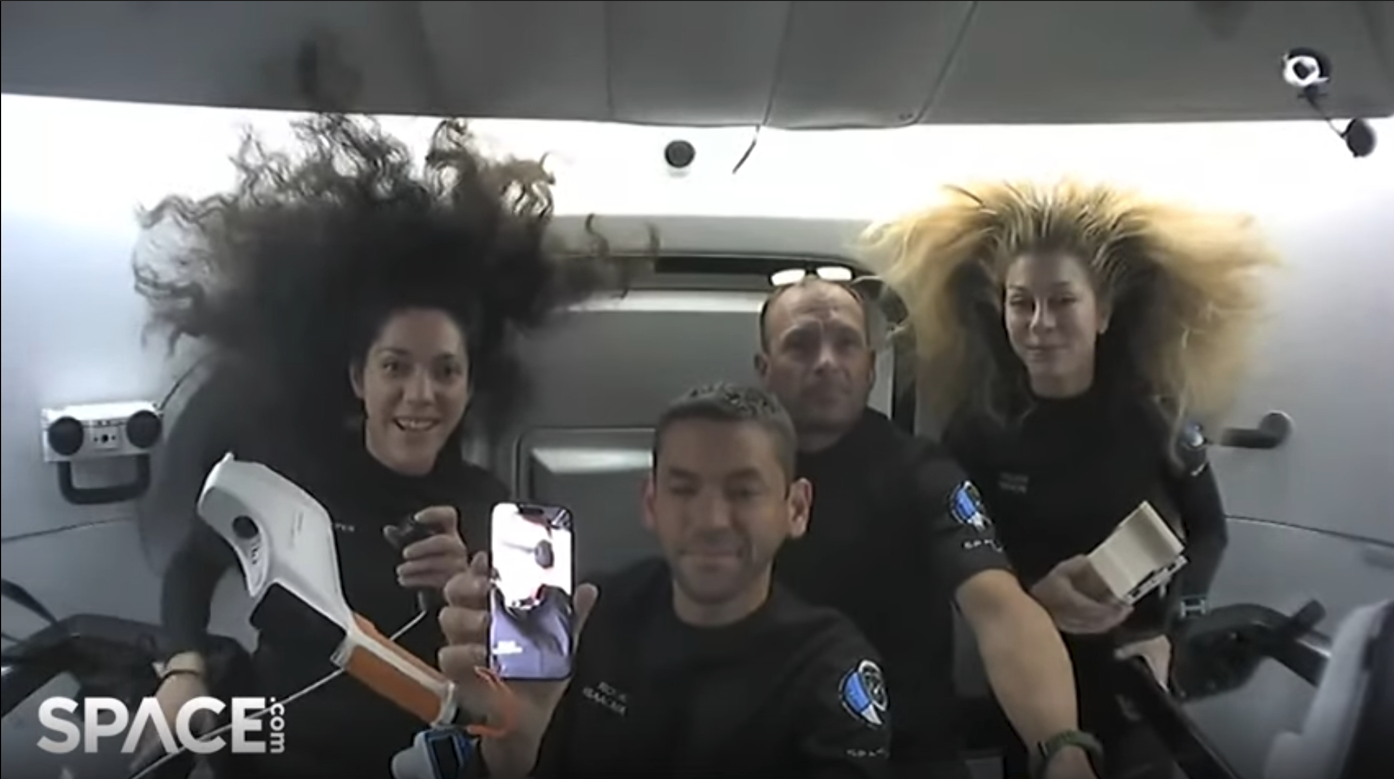A medical device developed in a collaboration between PlenOptika and Universidad Autónoma de Madrid (MEDIC group at UAM Engineering school) is being used in experiments on the Polaris Dawn mission this week, the first of its kind technology to be used in space flight.
QuickSee Free base technology was invented in the Catalyst Fellowship program, a biomedical technology innovation program supported by Comunidad de Madrid (Fundación para el conocimiento madri+d 2010–2015). All four Fellows who invented the technology are co-founders of the commercializing company PlenOptika, and three are executives in the company. PlenOptika’s engineering team is based at Parque Científico de Madrid, and is led by Dr Eduardo Lage, CTO, co-founder, and Associate Professor in the Department of Electronics and Communication technology at the Universidad Autónoma de Madrid. MEDIC group is also part of the Instituto de Investigación Sanitaria de la Fundación Jiménez Díaz (IIS-FJD).
Here is more information on the experiment our technology was involved in:
Relatively recently, it was discovered that astronauts were experiencing Spaceflight Associated Neuro-ocular Syndrome (SANS), which symptoms include swelling of the optic nerve, changes in the shape of the eye, and changes to vision. It is thought this is due to the absence of gravity acting on the body, causing a headward fluid shift and may lead to changes in pressure in the brain and eye. To identify the initial adaptation of the eye upon entering microgravity, the Polaris Dawn crew will don smart contact lenses with tiny micro-sensors that continuously measure pressure inside their eyes. The crewmembers will also measure whether their vision changes on-orbit. This data could confirm fluid shifts are indeed causing changes to the eye, which may ultimately contribute to SANS.
From: https://polarisprogram.com/science-research/
We’re very proud that our technology, which is already being deployed globally to improve access to vision care, met the extremely demanding requirements for deep space flight certification.
The complete press release can be found in PlenOptika´s Website
https://plenoptika.com/plenoptikas-quicksee-free-used-on-history-making-polaris-dawn-mission-to-space/
You can also watch a video in which the astronauts explain the devices used during the mission




